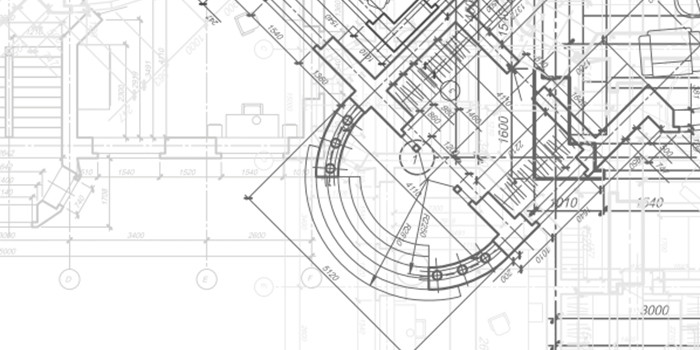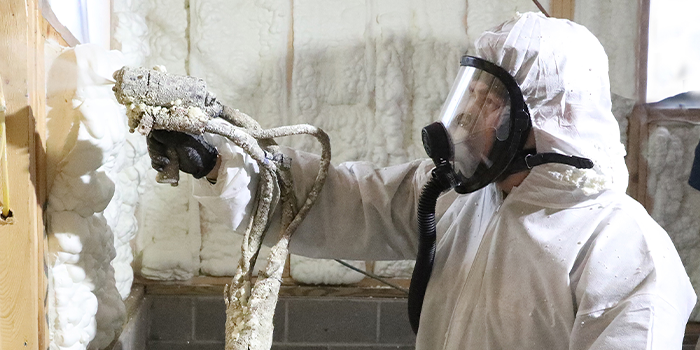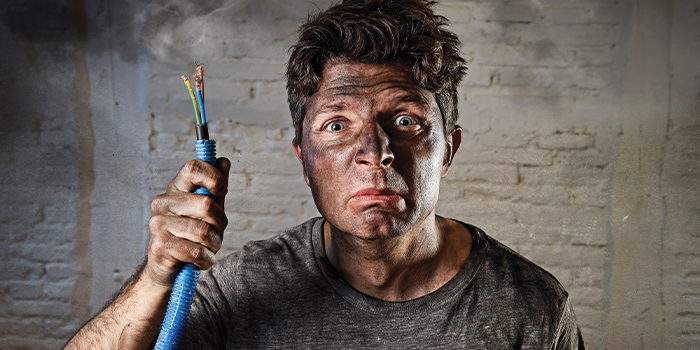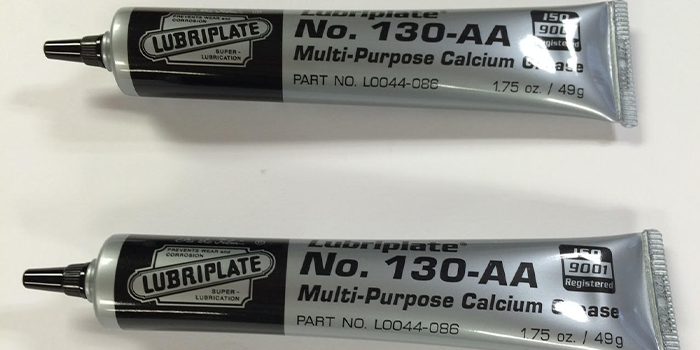Building Code Updates for 2021


Spray Foam Magazine – Winter 2021 – Every three years the International Codes Council updates the model building codes, commonly called the I-codes. It is important that SPF contractors understand important changes. Late last year, the 2021 I-codes were published and include the International Residential Code (IRC), International Building Code (IBC) and the International Energy Conservation Code (IECC). Several changes in this new edition of the model building codes impact SPF. Let’s look at the key changes relevant to SPF insulation and roofing.
SPF Performance: Both the IRC and IBC require that SPF comply with ICC 1100-2018. ICC 1100 is a newer standard that defines specific performance requirements for SPF insulation and roofing.
Surface Burning Characteristics: In the IRC, Section R316 implemented additional language regarding surface burning characteristics. These changes require a Class A rating (flame spread index <25 and smoke developed index
<450 per ASTM E84/UL723) for SPF installed greater than 4" thick. SPF with a Class B rating (flame spread index <75, smoke developed index < 450) is permitted at a thickness greater than 4" when the foam assembly (e.g., foam and ½" gypsum board) is demonstrated to pass a 15-minute room corner burn test. This change will not have much impact, since nearly all SPF insulation has a Class A rating.
R-Value Requirements: There were also some changes to increase R-value requirements in the IRC and IECC for residential construction. Provisions were added to allow continuous insulation only in place of cavity and continuous insulation. Additionally, insulation R-values were increased from R39 to R49 in Zones 2 and 3 and increased from R49 to R60 in Zones 4 through 8. A continuous layer of R49 may be substituted for R60 in ceilings provided it is installed over 100% of the ceiling and wall top plate at the eaves.
In the IECC for commercial construction, slight increases in continuous insulation R-value were implemented for metal buildings and metal-frame construction. Attic insulation R-values were increased from R38 to R49 in Zones 4 and 5 and from R49 to R60 in Zones 7 and 8.
Finally, SPF contractors should be aware that using performance-based design in place of prescriptive R-value requirements recognizes the benefit of air sealing offered by SPF. Improved air-sealing can reduce envelope R-value requirements making SPF more cost-competitive with air-permeable fibrous insulation materials.
Adoption of the New Codes: According to the Department of Energy, no states have yet adopted the 2021 energy codes as of the date of this article. It should be noted that 38 states are still using ‘older’ versions of the energy code (2009, 2012 or no code at all). Based on pending federal legislation to address climate change, it is likely that these states will update to the 2021 edition of the code soon. It is anticipated that about a half dozen of these states will adopt the 2021 IECC within the next year or so. SPF contractors should regularly check with their local code office to determine when changes to the energy codes will take place. Better yet, if you have the time, get involved to advocate on behalf of foam at the state level. You may be surprised at how effective your voice can be!
About the Author: Rick Duncan Ph.D., P.E is the executive director of the Spray Polyurethane Foam Alliance (SPFA), the industry’s technical resource and voice. The SPFA promotes best practices and safety in the application of spray foam roofing and insulation and offers the industry’s most comprehensive and trusted Professional Certification Program (PCP). Visit www.sprayfoam.org.
Disqus website name not provided.










































